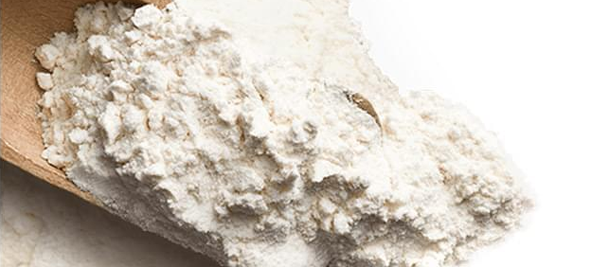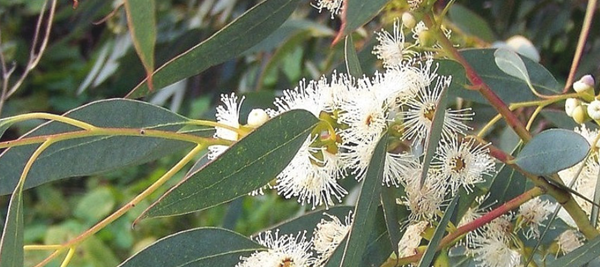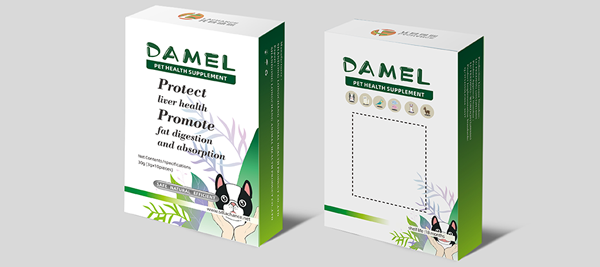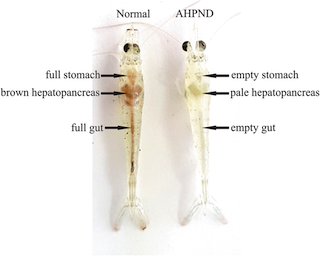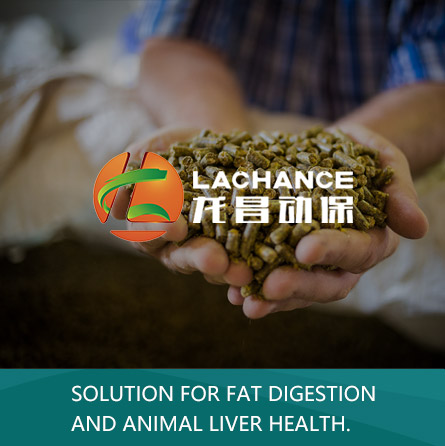The Summary of Main Shrimp Diseases in Asia
1. Acute Hepatopancreatic Necrosis Disease (AHPND)
Acute hepatopancreatic necrosis disease (AHPND), also called early mortality syndrome (EMS), is a recently emergent shrimp bacterial disease that has resulted in substantial economic losses since 2009. AHPND is known to be caused by V. parahaemolyticus that contains Pir A&B toxic genes which mainly infects P. vannamei and P. monodon. The main outbreak area is in Asia, including China, Indonesia, Malaysia, Philippines, Thailand and Vietnam.
Pathogens: V. parahaemolyticus containing Pir A&B toxic genes
Symptoms:
Suddenly mass mortality which can up to 100%
Shrimp are susceptible to be infected during DOC 20-30 days
Mainly attacking and gut-related tissues and organs
Possible reasons:
Over feeding,
Bad quality of PL
Water quality,
Low feed quality
Eutrophication of water or algae crash
Prevention:
Improve the hygiene of hatchery
Screening good quality of PL and broodstock
Reasonable feeding amount
Proper density of PL for different farming way
2. Enterocytozoon Hepatopenaei (EHP)
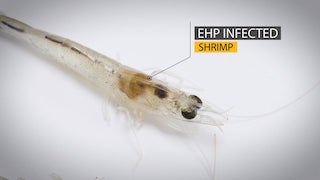
Introduction:generally EHP does not cause the death of shrimp, but will affect the growth rate of shrimp. It can be detected by PCR, and at the same time, the faeces of broodstock are supposed to be tested. EHP is very common in Asia, including Malaysia, China, Thailand,Vietnam, Indonesia and India.
Pathogen:
Microsporidian parasite, the size of mature spores is 1.1±0.2~0.6-0.7±0.1μm.
Symptoms:
Size of the same batch PL varies a lot
“slim”
Growth rate slow
Prevention:
Enhance the bio-security of hatcheries, recent studies have found that dragonfly larvae can carry EHP, and these mature spores can also infect shrimp.
Live bait is not fed and thoroughly disinfected the pond.
Good pond management, such as removing the organic matter at the bottom of the pond, Generally speaking, the organic matter at the bottom of the pond may contain spores. Once the shrimp is sub-healthy, it may be infected and thoroughly disinfected during the growing period.
Pay attention to the pond management and discharge the pollutants in the pond in time.
3. White spot syndrome virus (WSSV)
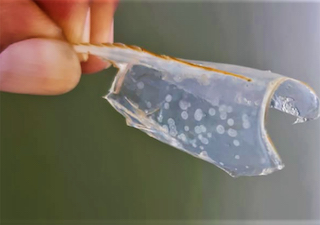
Introduction:
White spot syndrome virus (WSSV) has a worldwide distribution and is considered one of the most pathogenic and devastating viruses to the shrimp industry.First reported in Taiwan in 1992, it has since spread throughout the whole asia.
Pathogen: White spot virus
Symptoms:
Dramatically decline in feeding, lethargy, high mortality, up to 100% mortality within 3-10 days.
Separation of shell and meat and white spots on the shell, most of white spots are on the inner surface of the carapace, due to the diffu sion of surface pigments.
The color of dying Shrimp is from pink to reddish-brown
Prevention methods:
Screening of broodstock, larvae and PL
Avoid drastic changes in water quality
Try not to feed fresh bait or live feed (especially crustaceans, which are more likely to infect each other)
Avoid stress
Reduce the amount of water changes to prevent the introduction of viruses or virus-carrying animals
Thorough disinfection of ponds infected with virus to completely remove infected shrimpand virus carriers
Disinfect all equipments
4. Running Mortality Syndrome(RMS)
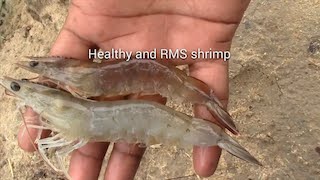
Introduction: RMS was found in India in 2011, but it is non-infectious, often accompanied by high levels of Vibrios, especially V. parahaemolyticus and V. cyanobacteria
Pathogen: has not confirm, may be caused by overfeeding, deterioration of water quality and ultra-high density, etc.
Symptom:
Microscopic examination of intestinal contents found that it contained hepatopancreatic cells, and white or yellow feces were found in the intestines
The pigment of the hepatopancreas increases, and the body color changes from reddish to dark red
The clotting time of hemolymph is increased
High mortality, high percentage of B and R cells in the hepatopancreas in the early stage of disease
Occurs mostly during the inter-molt period
Prevention:
In the early stage of outbreak, remove dead shrimp
Reduce stock density and harvest in batches
Reduce the feeding amount
Polyculture between fish and shrimp
Buy high-quality healthy shrimp PL, good feeding management
Improved bio-security measures
All in all, for the shrimp farming, prevention is better than cure, and prevention is the best way. Shrimp farming is a systematic job, if farmers want to achieve high yield, they must maintain good water quality, reasonable feeding and healthy shrimp.

